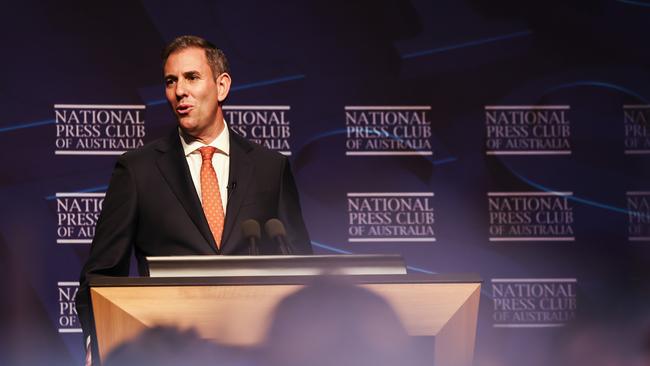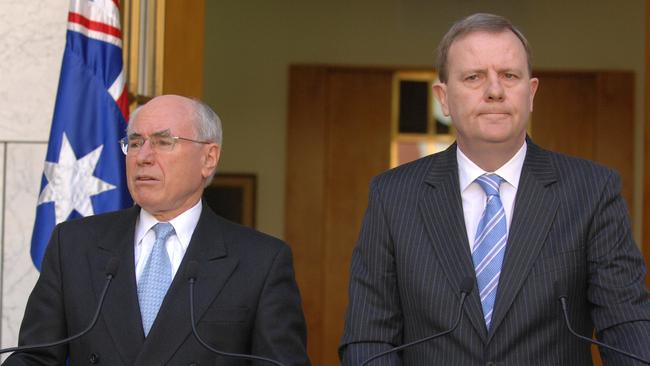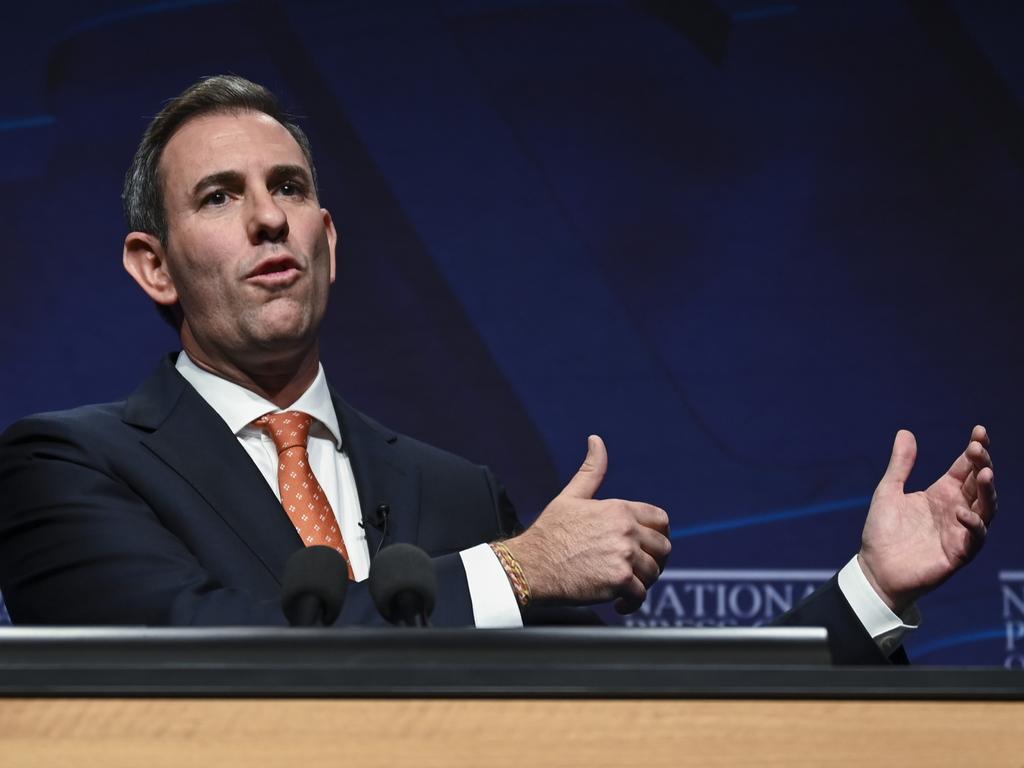
Delivering the first budget surplus in 15 years is a good start, but Chalmers has more to do if he wants to rank alongside the great reforming treasurers of the past.
The pursuit of a budget surplus as a symbol of good budget management is relatively new in Australian politics. Paul Keating was the first treasurer to make a virtue of surpluses. It was believed they would pay a political dividend, and they did. Peter Costello was the only other treasurer to deliver a surplus in the past 70 years.

Budget surpluses were seen as the political equivalent of a holy grail to be prized by only a select few. Costello was brutal in attacking the Labor treasurers who followed Keating for failing to maintain a surplus, even though they managed the books through a recession and slow recovery. As Costello chalked up 10 budget surpluses, he never let Labor in opposition forget it.
The holy grail became a poisoned chalice for those who promised a surplus but failed to deliver. Wayne Swan forecast multiple surpluses but never managed to achieve it. Joe Hockey promised a surplus each and every year, but he did not deliver either. Nor did Scott Morrison or Josh Frydenberg, although the latter can claim to have balanced the budget.
When Keating delivered the 1987-88 budget, he announced it was in balance but the final budget outcome showed a surplus. He delivered four budget surpluses. They were the first since the 1952-53 budget delivered by Arthur Fadden in the Menzies government. When you add 10 from Costello and one from Chalmers, that is just 15 budget surpluses in 70 years.
New accounting measures adopted during the Howard government have revised final budget outcomes and now show a few other treasurers to have achieved surpluses but they never claimed these at the time, and their budget papers never showed a surplus. So, the league table lists just Keating, Costello and Chalmers since 1952-53.
That is why the claim by shadow treasurer Angus Taylor and shadow finance minister Jane Hume that a “drover’s dog” could deliver a budget surplus is absurd. If it was so easy, why didn’t the last Coalition government deliver a surplus over nine years? The achievement is so significant that the Coalition has to undermine it.
The opposition claims Chalmers has been hit with a rainbow of revenue upgrades, which has made the surplus possible. Low employment and high commodity prices have provided a revenue upsurge, but Chalmers banked 87 per cent of those upgrades across two budgets to pay down debt and deficit. Chalmers forecasts a $4.2bn surplus in 2022-23. Frydenberg forecast a $78bn deficit.

This is a considerable fiscal consolation, even when factoring in the $11.3bn over two budgets to fund a 15 per cent pay increase for aged-care workers. The larger point is that with strong demands from backbenchers, the welfare lobby and unions to increase social security spending, the government resisted the temptation to spend much more.
Chalmers has framed this second budget as a staging point for future progress. Finance Minister Katy Gallagher has also emphasised that not everything they want to fund can be funded if they are to maintain fiscal discipline. Managing expectations to again increase JobSeeker, parenting payments and rent assistance next year will be immense.
The Treasurer is understandably coy about the budget remaining in surplus. Indeed, Treasury estimates a return to deficit over the forward estimates. But there is good reason to expect another surplus in 2023-24, despite an estimated $13.9bn deficit, given the continued high expectations for commodity prices. Indeed, Treasury expects the structural deficit of about $50-$60bn to be effectively wiped out by 2033-34.
Continued fiscal consolidation will be essential. While Chalmers has demonstrated his mantra of “restraint, relief and repair” in the budget, the repair and restraint part will only get harder. While the budget bottom line has improved, and this is expected to continue over the next decade, spending and revenue as a percentage of GDP remains historically high at over 25 per cent each over the forward estimates. A surplus or two, even though it has eluded his five immediate predecessors, is not enough to make Chalmers a top-tier Treasurer. He has time, however, and has laid down markers for the future. The reforms to the Reserve Bank of Australia are the most significant since the 1990s. His mooted changes to the Productivity Commission’s “structure and remit” are also notable.

Another is delivering an Intergenerational Report every parliamentary term, with the first expected later this year. Introduced by Costello, they were to be produced every five years. This could be an important springboard for further reform. The forthcoming employment white paper, with a focus on participation, skills and productivity, is another opportunity. Managing the economic transition to a low-carbon economy is what Chalmers has identified as his big reform challenge. He rates this as a transformation akin to the float of the dollar and superannuation. It is not only about lower power bills but about turbocharging employment and skills, seizing investment and export opportunities, and reviving manufacturing. This is how he ultimately wants to be judged.
Chalmers turned 18 on the day the Keating government was defeated. Labor did not do enough to defend its record in opposition during the Howard-Costello years and never regained the mantle of better economic manager during the Rudd-Gillard years. The Albanese government’s surplus is an important step for Labor in regaining the economic ascendancy.








Jim Chalmers has a personal mission to bury the Coalition’s claim to be superior economic and budget managers. He outlined this ambition a year ago, on the eve of the last election.